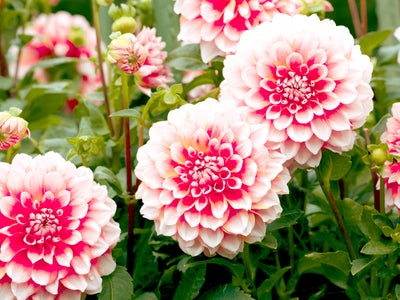Taking care of tender plants

October can be a precarious month to take care of tender plants because of the fluctuating weather. As the temperatures begin to drop throughout the day, it is essential to take proper care of your plants to ensure they thrive into the rest of the year. As the days get shorter and nights colder, it’s important to make preparations to move them into warmer spaces such as greenhouses or conservatories. With a little bit of planning and effort, you can make sure your plants stay healthy and strong through the colder seasons. Just make sure you’re ready to go at the first sign of frost.
Shop the Range






